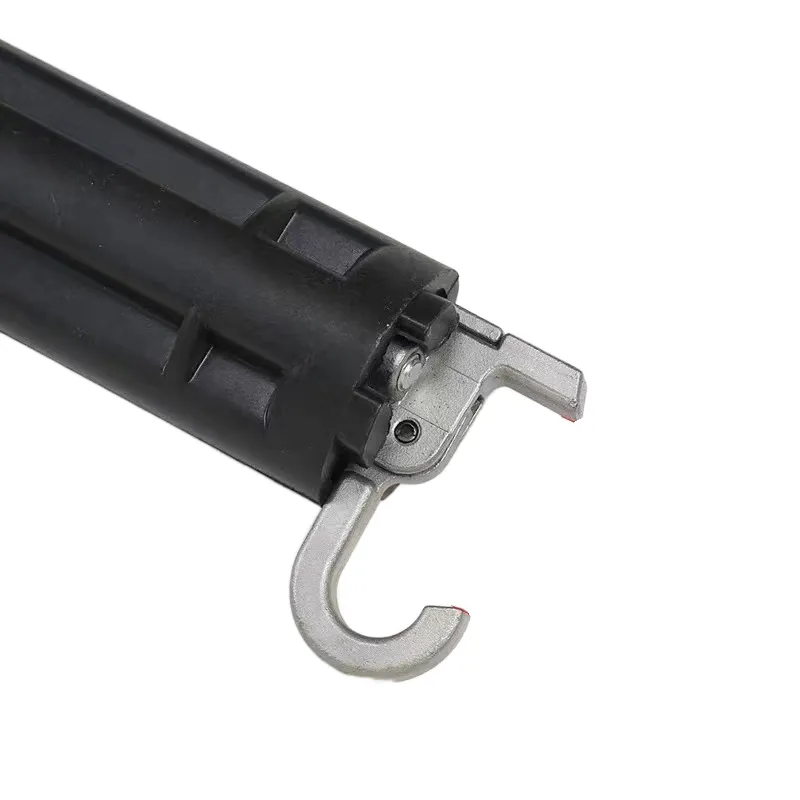
-
 Afrikaans
Afrikaans -
 Albanian
Albanian -
 Amharic
Amharic -
 Arabic
Arabic -
 Armenian
Armenian -
 Azerbaijani
Azerbaijani -
 Basque
Basque -
 Belarusian
Belarusian -
 Bengali
Bengali -
 Bosnian
Bosnian -
 Bulgarian
Bulgarian -
 Catalan
Catalan -
 Cebuano
Cebuano -
 Corsican
Corsican -
 Croatian
Croatian -
 Czech
Czech -
 Danish
Danish -
 Dutch
Dutch -
 English
English -
 Esperanto
Esperanto -
 Estonian
Estonian -
 Finnish
Finnish -
 French
French -
 Frisian
Frisian -
 Galician
Galician -
 Georgian
Georgian -
 German
German -
 Greek
Greek -
 Gujarati
Gujarati -
 Haitian Creole
Haitian Creole -
 hausa
hausa -
 hawaiian
hawaiian -
 Hebrew
Hebrew -
 Hindi
Hindi -
 Miao
Miao -
 Hungarian
Hungarian -
 Icelandic
Icelandic -
 igbo
igbo -
 Indonesian
Indonesian -
 irish
irish -
 Italian
Italian -
 Japanese
Japanese -
 Javanese
Javanese -
 Kannada
Kannada -
 kazakh
kazakh -
 Khmer
Khmer -
 Rwandese
Rwandese -
 Korean
Korean -
 Kurdish
Kurdish -
 Kyrgyz
Kyrgyz -
 Lao
Lao -
 Latin
Latin -
 Latvian
Latvian -
 Lithuanian
Lithuanian -
 Luxembourgish
Luxembourgish -
 Macedonian
Macedonian -
 Malgashi
Malgashi -
 Malay
Malay -
 Malayalam
Malayalam -
 Maltese
Maltese -
 Maori
Maori -
 Marathi
Marathi -
 Mongolian
Mongolian -
 Myanmar
Myanmar -
 Nepali
Nepali -
 Norwegian
Norwegian -
 Norwegian
Norwegian -
 Occitan
Occitan -
 Pashto
Pashto -
 Persian
Persian -
 Polish
Polish -
 Portuguese
Portuguese -
 Punjabi
Punjabi -
 Romanian
Romanian -
 Russian
Russian -
 Samoan
Samoan -
 Scottish Gaelic
Scottish Gaelic -
 Serbian
Serbian -
 Sesotho
Sesotho -
 Shona
Shona -
 Sindhi
Sindhi -
 Sinhala
Sinhala -
 Slovak
Slovak -
 Slovenian
Slovenian -
 Somali
Somali -
 Spanish
Spanish -
 Sundanese
Sundanese -
 Swahili
Swahili -
 Swedish
Swedish -
 Tagalog
Tagalog -
 Tajik
Tajik -
 Tamil
Tamil -
 Tatar
Tatar -
 Telugu
Telugu -
 Thai
Thai -
 Turkish
Turkish -
 Turkmen
Turkmen -
 Ukrainian
Ukrainian -
 Urdu
Urdu -
 Uighur
Uighur -
 Uzbek
Uzbek -
 Vietnamese
Vietnamese -
 Welsh
Welsh -
 Bantu
Bantu -
 Yiddish
Yiddish -
 Yoruba
Yoruba -
 Zulu
Zulu


Dis . 23, 2024 16:05 Back to list
installing a grounding rod residential
Installing a Grounding Rod for Residential Use A Comprehensive Guide
In today's electrically driven world, ensuring the safety of our homes against electrical faults is paramount. One important component of electrical safety is grounding, which helps prevent electrocution and equipment damage. One effective method of establishing a reliable ground is through the installation of a grounding rod. This article provides a detailed guide on how to install a grounding rod for residential use.
What is a Grounding Rod?
A grounding rod, also known as a ground rod or earthing rod, is a copper or galvanized steel rod that is driven into the ground to provide a solid connection to the Earth. Its primary purpose is to safely dissipate stray electrical currents and lightning strikes into the ground, preventing them from causing harm to individuals or electrical systems within the home.
Why You Need a Grounding Rod
1. Electrical Safety Grounding rods help to mitigate electrical shocks, providing a safe path for unwanted electrical current. They are particularly crucial for systems such as solar panels, outdoor electrical systems, and older homes that may not have adequate grounding.
2. Lightning Protection In the event of a lightning strike, a grounding rod can redirect the enormous electrical energy into the ground, helping protect your home's wiring and appliances from severe damage.
3. Compliance with Code Local and national electrical codes often require grounding systems to prevent electrical hazards. Installing a grounding rod ensures that your home's electrical system meets these regulations.
Steps to Install a Grounding Rod
Materials Required
- Grounding rod (typically 8 to 10 feet long) - Grounding wire (copper or aluminum, depending on local codes) - Grounding clamp - Hammer or sledgehammer (or an electric ground rod driver) - Shovel (if necessary) - Safety equipment (gloves, goggles)
Step 1 Determine Location
installing a grounding rod residential

Choose a location for the grounding rod that is easily accessible and away from any underground utilities or water lines. Ideally, the rod should be driven vertically into the ground at least 6 to 8 feet away from the foundation of your home.
Step 2 Drive the Grounding Rod
Using a hammer or sledgehammer, drive the grounding rod into the ground. Ensure that at least 8 feet of the rod is buried. If the soil is particularly hard, you may need to dig a hole with a shovel or use an electric ground rod driver, which can make the process easier.
Step 3 Attach the Grounding Wire
Once the grounding rod is securely in the ground, attach a grounding wire to the top of the rod using a grounding clamp. Make sure the connection is tight and that no corrosion is present on the wire or clamp.
Step 4 Connect to the Electrical Panel
Run the grounding wire back to your home’s electrical panel. Open the panel and locate the grounding bar, which is typically a green or bare copper bus. Attach the grounding wire to the grounding bar securely, ensuring a good connection.
Step 5 Inspections and Testing
After installation, it is advisable to have the grounding system inspected by a licensed electrician. They can test the resistance of the grounding system and ensure that it meets local code requirements. Regular testing and maintenance of the grounding system are important to ensure long-term safety and efficiency.
Conclusion
Installing a grounding rod is not only an integral part of enhancing your home’s electrical safety but it can also safeguard your property and family from electrical hazards. Though it may seem daunting, following these guidelines will help simplify the process. As always, if you're unsure at any point, consider consulting with a professional electrician to ensure a safe and compliant installation. Prioritizing grounding and bonding systems within your home can go a long way in maintaining electrical safety for years to come.











